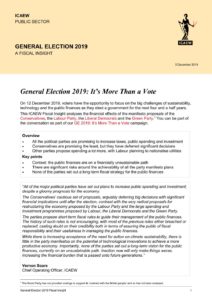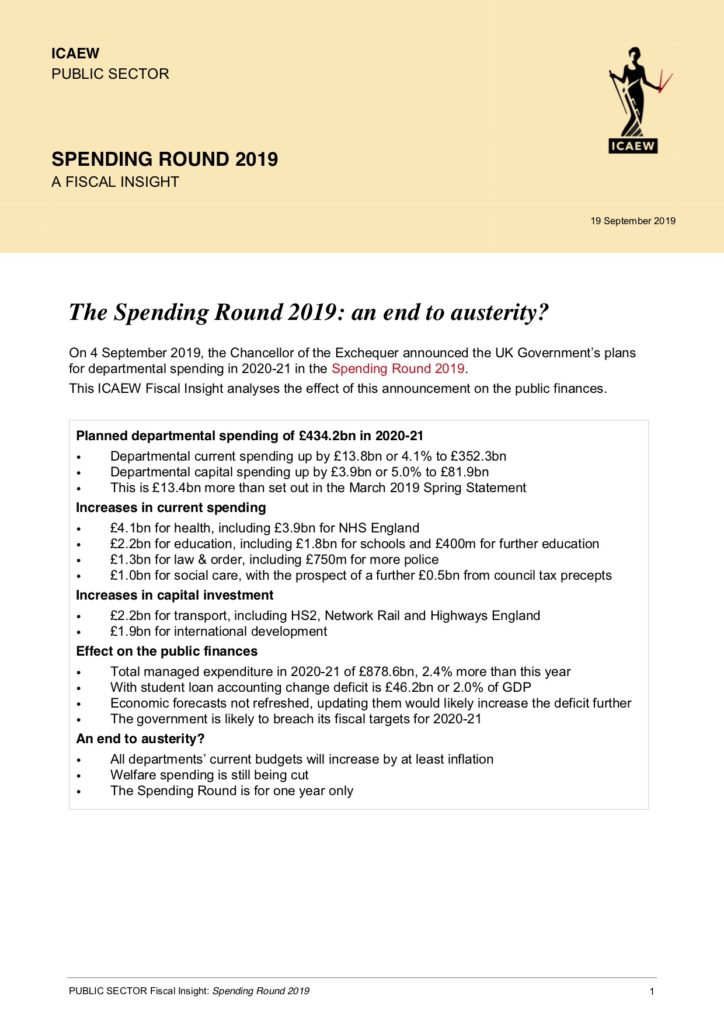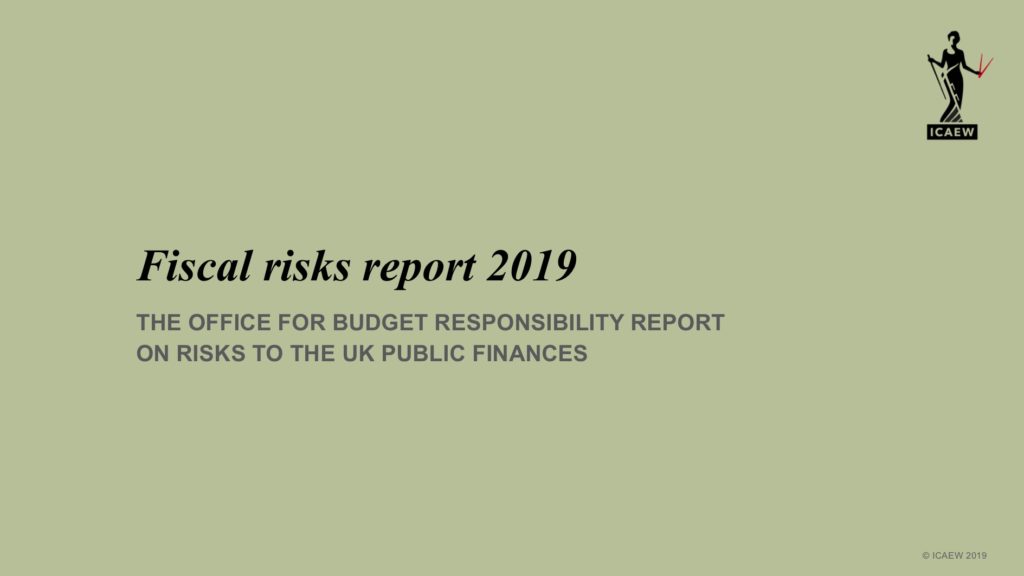31 March 2020: the Government Counter Fraud Function has published new guidance for public bodies about fraud arising from the actions taken to address the coronavirus emergency.
Unfortunately, fraud is inevitable given the relaxation in scrutiny over emergency payments made by public bodies to support individuals and businesses affected by the current crisis. But there are still steps that can be taken to minimise fraud where possible.
The guidance sets out five overarching principles for public bodies to apply to counter potentially fraudulent activity in delivering emergency programmes:
1. Accept that there is an inherently high risk of fraud, and it is very likely to happen.
2. Integrate fraud control resources into policy and process design.
3. Work together with fraud control teams to implement low friction counter measures to prevent fraud risk where possible.
4. Carry out targeted post-event assurance to look for fraud, ensuring access to fraud investigation resources.
5. Revisit the control framework when emergency payments shift into longer term services – especially where large sums are invested.
The guidance is intended to support government departments, local authorities and other public bodies to move quickly to provide financial support to those affected, whilst doing what is possible to address the inevitable frauds that will be committed. It recommends ensuring that consistent data is collected from those applying and receiving payments and putting in place robust claw back agreements to recover funds that are paid out incorrectly.
The advice makes clear that public bodies will need to put in place post-event assurance processes to review the payments being made now.
Alison Ring, Director, Public Sector for ICAEW, commented: “It is important that public bodies move as quickly as they can to support individuals and businesses in distress but despite that, there is a lot they can do to minimise the potential for fraud. Where possible, implementing existing fraud prevention measures in the time available, combined with extensive post-transaction scrutiny and assurance to be carried out later.
The need for appropriate open access provisions, allowing public bodies to verify transactions at a later date and recover fraudulent claims where possible, will be an important component to both deferring fraud in the first place as well as detecting fraud afterwards.”
For the latest news and guidance on the ongoing impact of COVID-19 for businesses and accountants, visit ICAEW’s dedicated Coronavirus Hub.


